This sword descended through the Chandler family beginning with Samuel Chandler's wife, then to his wife’s nephew John Paine and descended from there, as detailed extensively in a notarized statement from the family and other documentation provided. The chain of provenance is solid and detailed. Samuel Chandler (1735-1790), a farmer and tavern keeper in Windham County, Connecticut, was “established” by the General Assembly as Lieutenant of the 18th Company of the 11th Regiment of Connecticut Militia in October 1772 and Captain, May 1774. A manpower pool for Continental Army and State Line regiments, the militia served mostly in state defense against British raids by land and sea. Chandler does not seem to have taken part in the Lexington Alarm, an informal and limited march initiated by local commanders, but was likely at the Siege of Boston. He does not seem to be among the 146 Killingly men led there by Major Danielson of the 11th, but two notes cited in a family genealogy referring to him as “Mr. Chandler” also connect him with Col. Thomas Mifflin, Washington’s Quartermaster General in late 1775, suggesting he may have have been acting as a civilian employee or volunteer with the Quartermaster Department, where his business experience as a tavern owner would have been useful. He likely saw active field service when the regiment was dispatched out of state. In the Fall of 1776, two large Connecticut militia contingents temporarily reinforced Washington at New York. Records of the 11th Regiment call it their “march to Westchester,” suggesting participation in the fighting at White Plains. Several Connecticut militia regiments were again sent out of state in August 1778 to counter the British attack on Rhode Island. Secondary sources refer to Chandler as Captain of the regiment’s 11th Company and place the regiment on Tiverton Heights in the battle. This gains additional support from the Winthrop Chandler (Samuel’s brother) 1780 painting of Samuel, actually holding this sword, with a battle scene (also painted by Winthrop Chandler in the background, perhaps adapted from a 1779 published print of the battle. He may also have answered subsequent alarms within the state occasioned by British activity such as Arnold’s 1781 raid at New London. The sword itself features a triangular blade with each side crudely engraved with florals and vines, as well as a folky bird on each side. The clamshell guard has relief borders, the remnants of an inscription beginning with "C" are visible on the front of the guard on the right side. It is probable that Chandler's name was inscribed there in block letters originally. The inside of the guard features the well-known hallmark "HURD" on the left side. Jacob Hurd was a Silversmith and Sword-maker in Boston from 1702 – 1758. 10 or 12 Hurd swords are known to exist, with perhaps the best known as that of Colonel William Prescott, commander of the Patriot Forces at Bunker Hill, famous for his cry of “Do not fire until you see the whites of their eyes!” Grip wire has been properly re-wrapped. Complete with a framed high quality color reproduction of the original painting by Winthrop Chandler who is recognized by art experts as one of the very first portrait painters in the American Colonies. The reproduction shows Chandler seated in his military uniform with this very sword clearly visible and his tricorn hat on the table next to him, all in great detail, measuring 22 - 1/4" x 26 - 1/4" including frame. The battle in the background appears to be the Battle of Rhode Island, which can be found depicted in a 1779 published engraving titled "The Siege of Rhode Island" and dated August 28, 1778. The landscapes are nearly identical and records indicate that the 11th was present. The engraving and painting both depict rolling hills in both, house and smoke at right. Winthrop Chandler substituted battle lines for tents, perhaps to increase martial background for Chandler with his sword. The original oil pa
This sword descended through the Chandler family beginning with Samuel Chandler's wife, then to his wife’s nephew John Paine and descended from there, as detailed extensively in a notarized statement from the family and other documentation provided. The chain of provenance is solid and detailed. Samuel Chandler (1735-1790), a farmer and tavern keeper in Windham County, Connecticut, was “established” by the General Assembly as Lieutenant of the 18th Company of the 11th Regiment of Connecticut Militia in October 1772 and Captain, May 1774. A manpower pool for Continental Army and State Line regiments, the militia served mostly in state defense against British raids by land and sea. Chandler does not seem to have taken part in the Lexington Alarm, an informal and limited march initiated by local commanders, but was likely at the Siege of Boston. He does not seem to be among the 146 Killingly men led there by Major Danielson of the 11th, but two notes cited in a family genealogy referring to him as “Mr. Chandler” also connect him with Col. Thomas Mifflin, Washington’s Quartermaster General in late 1775, suggesting he may have have been acting as a civilian employee or volunteer with the Quartermaster Department, where his business experience as a tavern owner would have been useful. He likely saw active field service when the regiment was dispatched out of state. In the Fall of 1776, two large Connecticut militia contingents temporarily reinforced Washington at New York. Records of the 11th Regiment call it their “march to Westchester,” suggesting participation in the fighting at White Plains. Several Connecticut militia regiments were again sent out of state in August 1778 to counter the British attack on Rhode Island. Secondary sources refer to Chandler as Captain of the regiment’s 11th Company and place the regiment on Tiverton Heights in the battle. This gains additional support from the Winthrop Chandler (Samuel’s brother) 1780 painting of Samuel, actually holding this sword, with a battle scene (also painted by Winthrop Chandler in the background, perhaps adapted from a 1779 published print of the battle. He may also have answered subsequent alarms within the state occasioned by British activity such as Arnold’s 1781 raid at New London. The sword itself features a triangular blade with each side crudely engraved with florals and vines, as well as a folky bird on each side. The clamshell guard has relief borders, the remnants of an inscription beginning with "C" are visible on the front of the guard on the right side. It is probable that Chandler's name was inscribed there in block letters originally. The inside of the guard features the well-known hallmark "HURD" on the left side. Jacob Hurd was a Silversmith and Sword-maker in Boston from 1702 – 1758. 10 or 12 Hurd swords are known to exist, with perhaps the best known as that of Colonel William Prescott, commander of the Patriot Forces at Bunker Hill, famous for his cry of “Do not fire until you see the whites of their eyes!” Grip wire has been properly re-wrapped. Complete with a framed high quality color reproduction of the original painting by Winthrop Chandler who is recognized by art experts as one of the very first portrait painters in the American Colonies. The reproduction shows Chandler seated in his military uniform with this very sword clearly visible and his tricorn hat on the table next to him, all in great detail, measuring 22 - 1/4" x 26 - 1/4" including frame. The battle in the background appears to be the Battle of Rhode Island, which can be found depicted in a 1779 published engraving titled "The Siege of Rhode Island" and dated August 28, 1778. The landscapes are nearly identical and records indicate that the 11th was present. The engraving and painting both depict rolling hills in both, house and smoke at right. Winthrop Chandler substituted battle lines for tents, perhaps to increase martial background for Chandler with his sword. The original oil pa

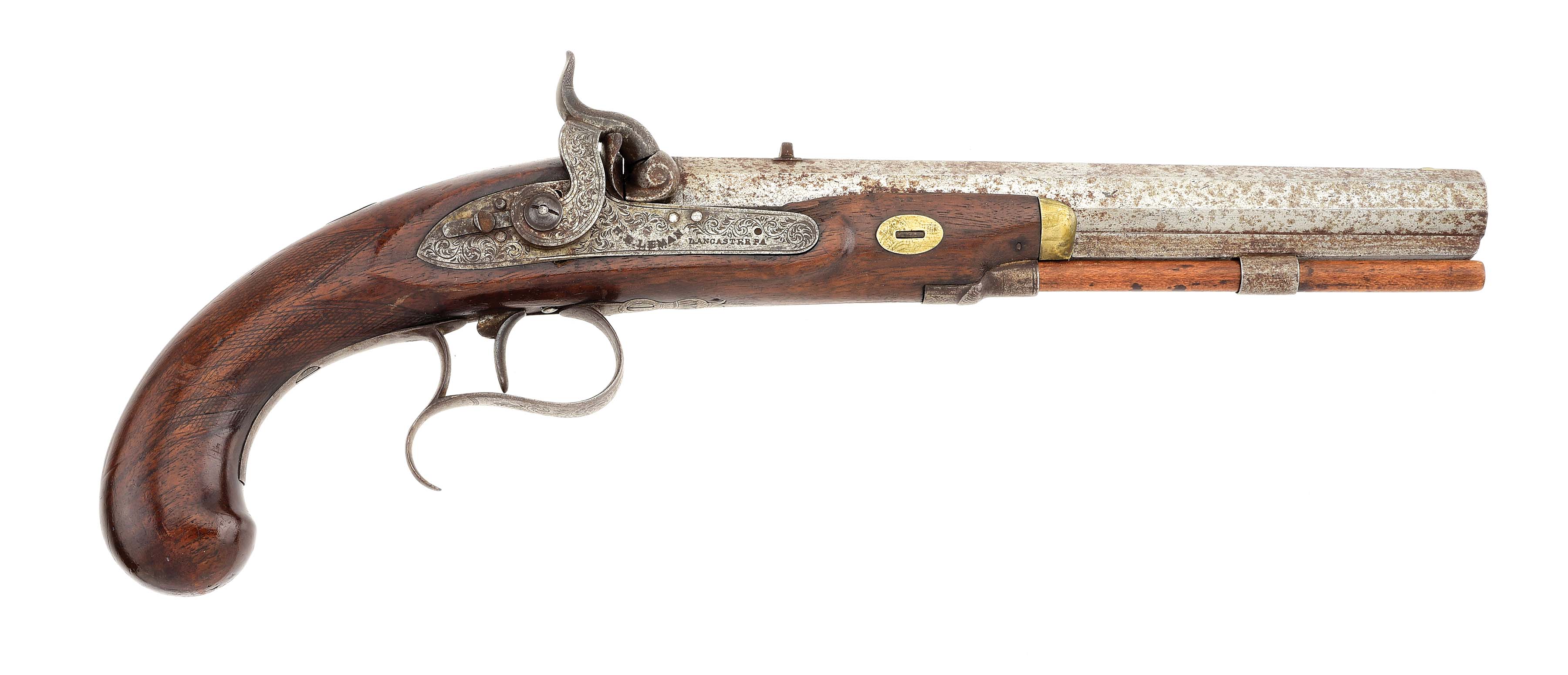

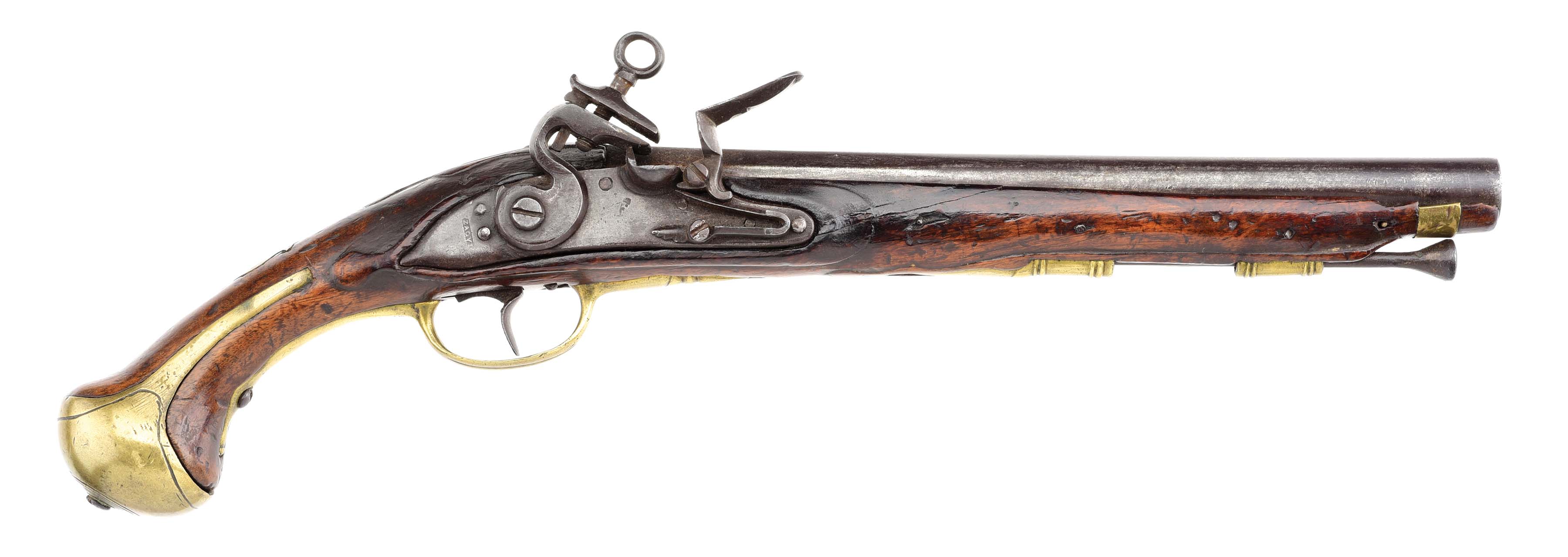

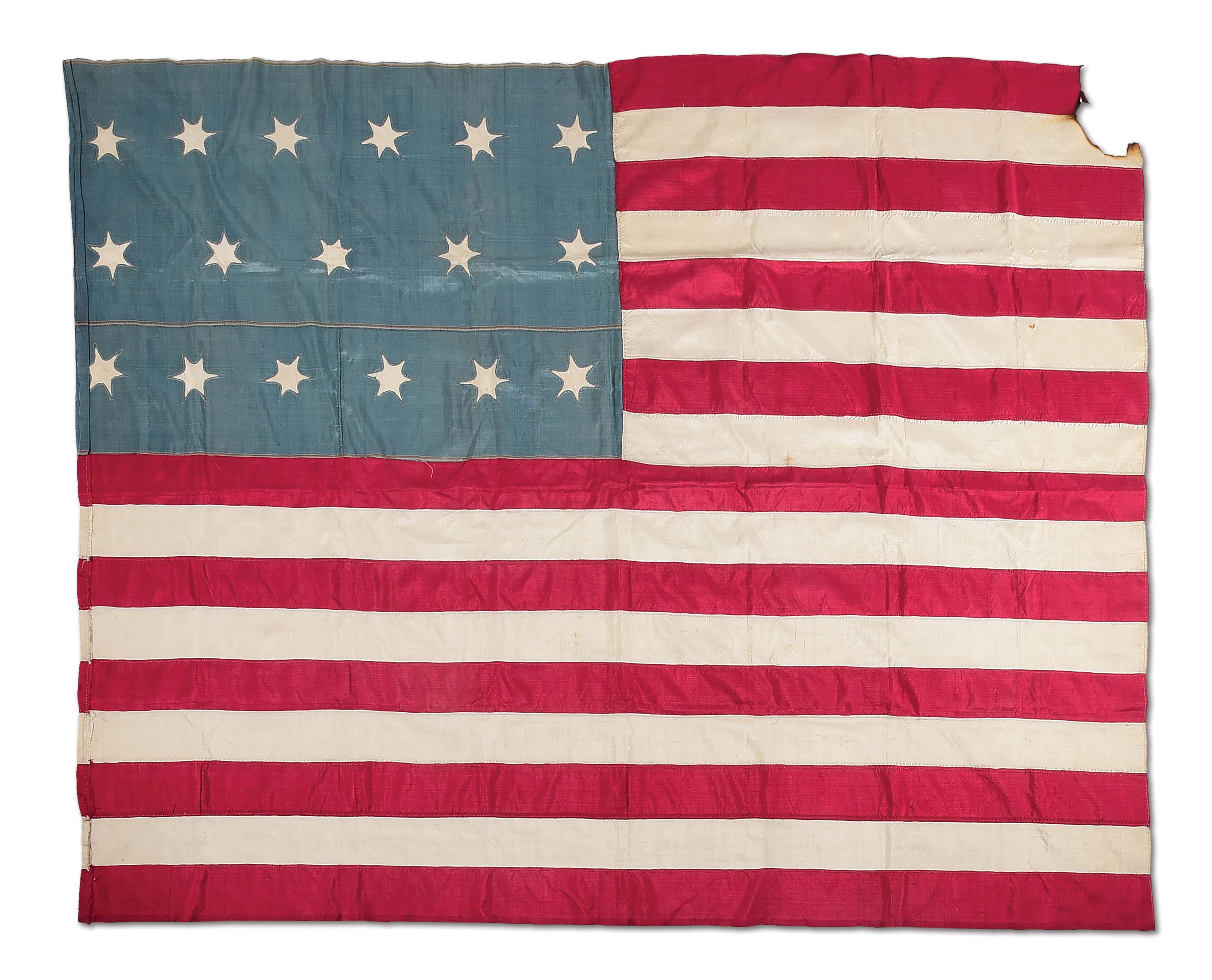
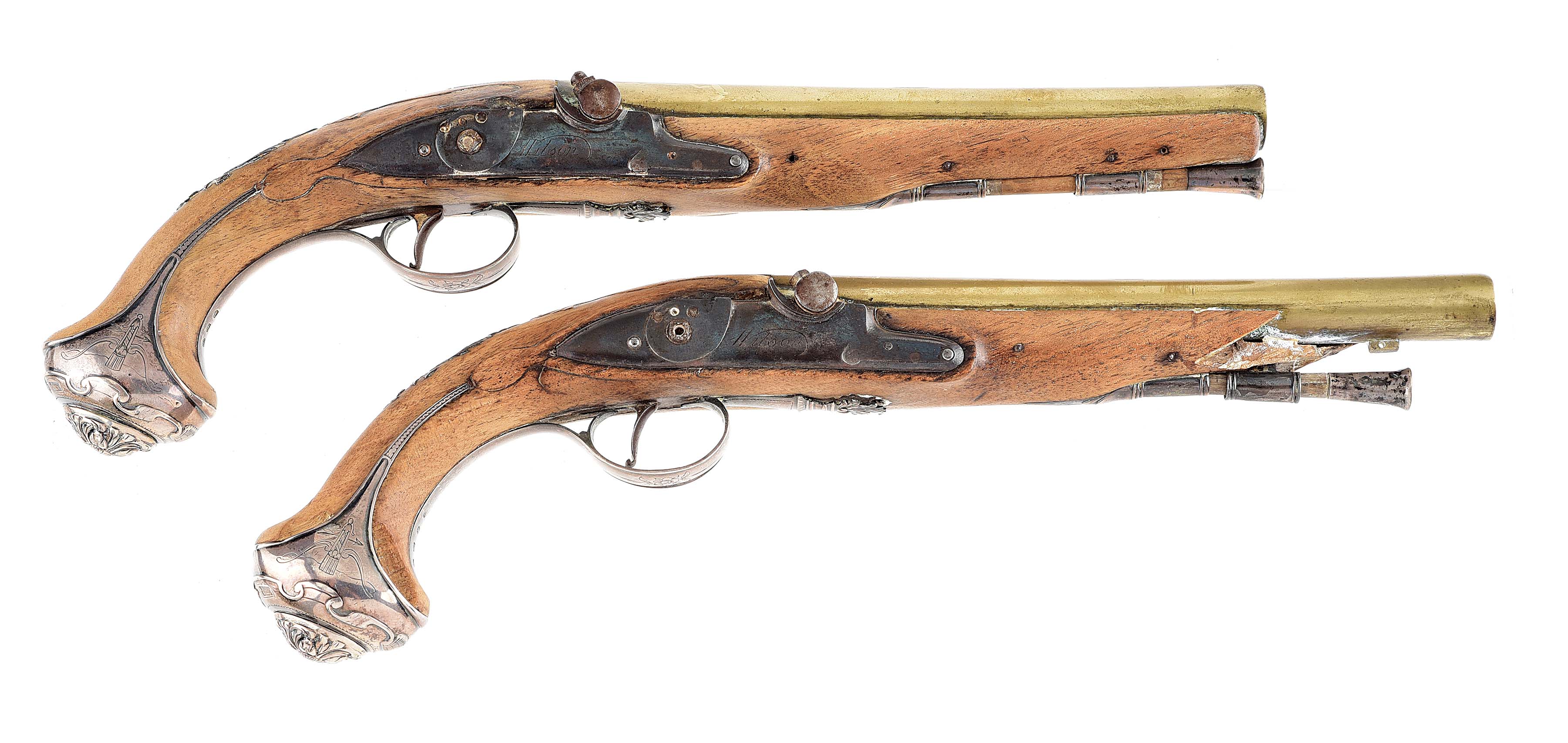
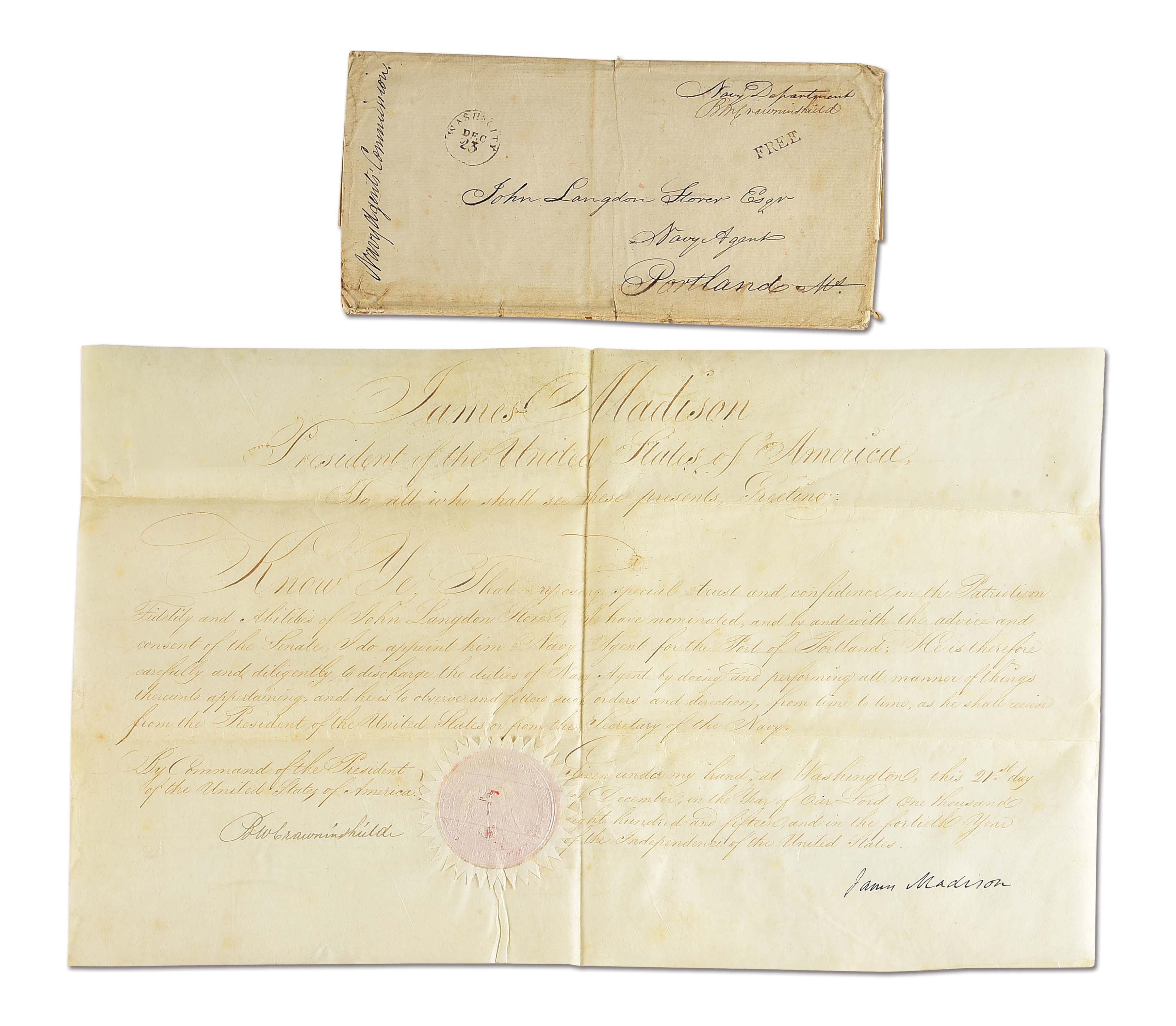

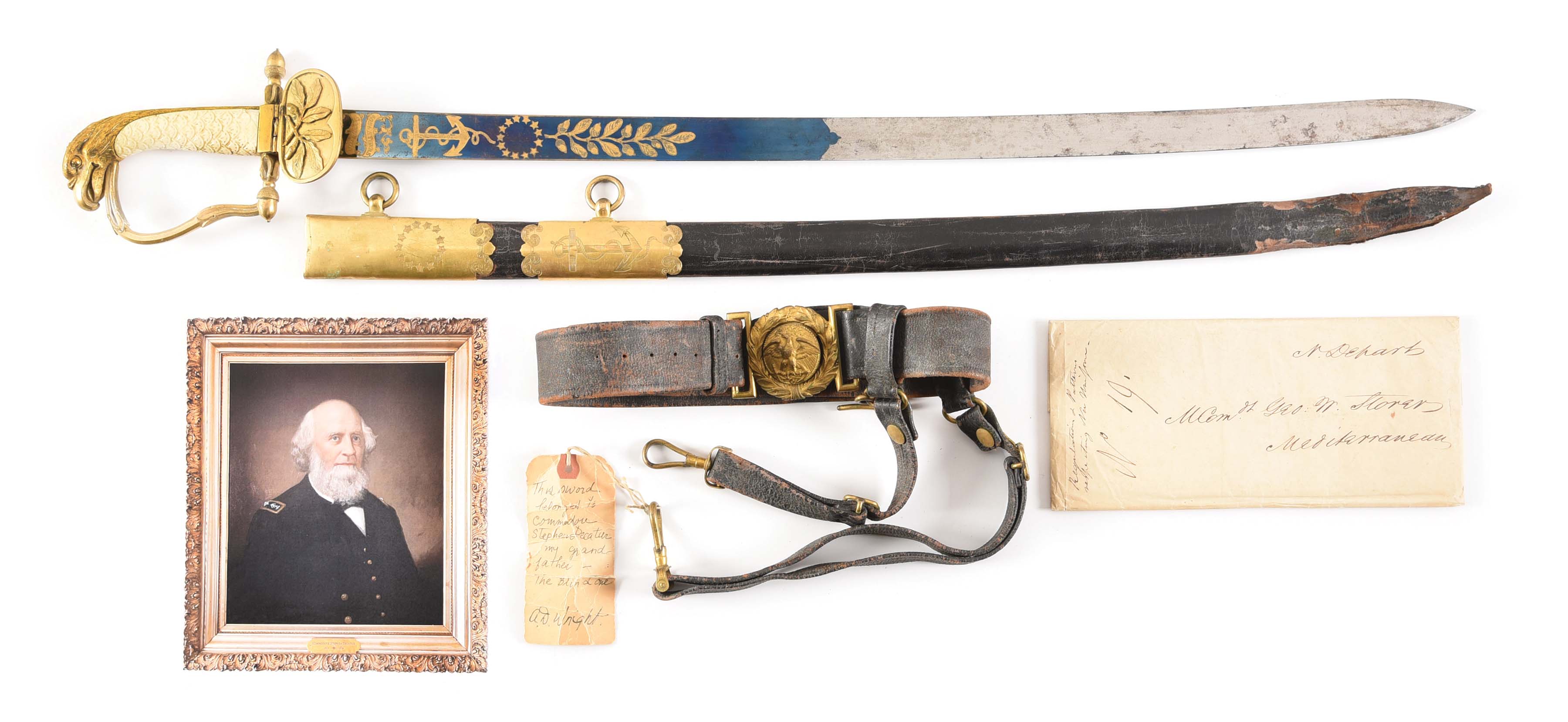
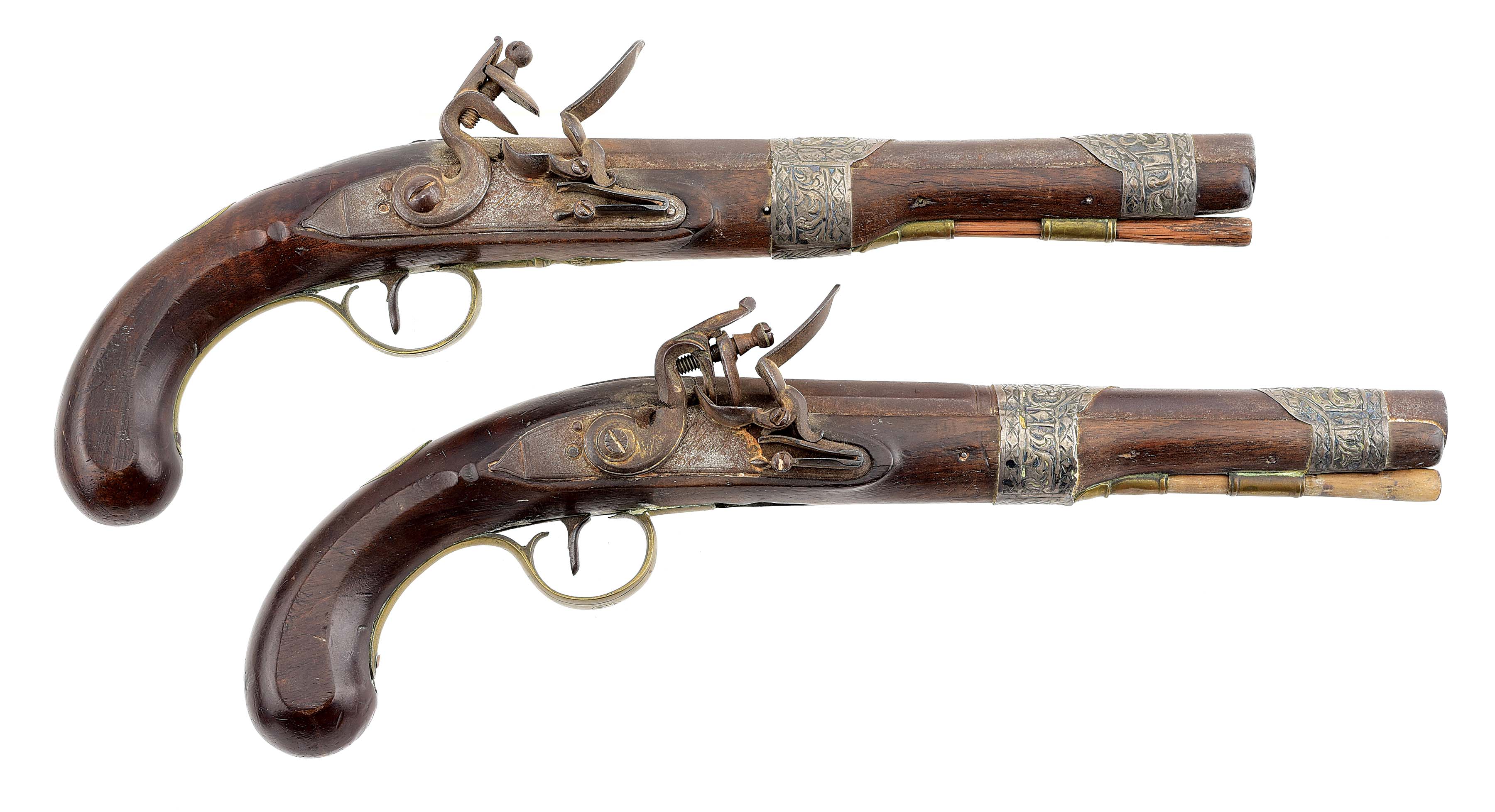

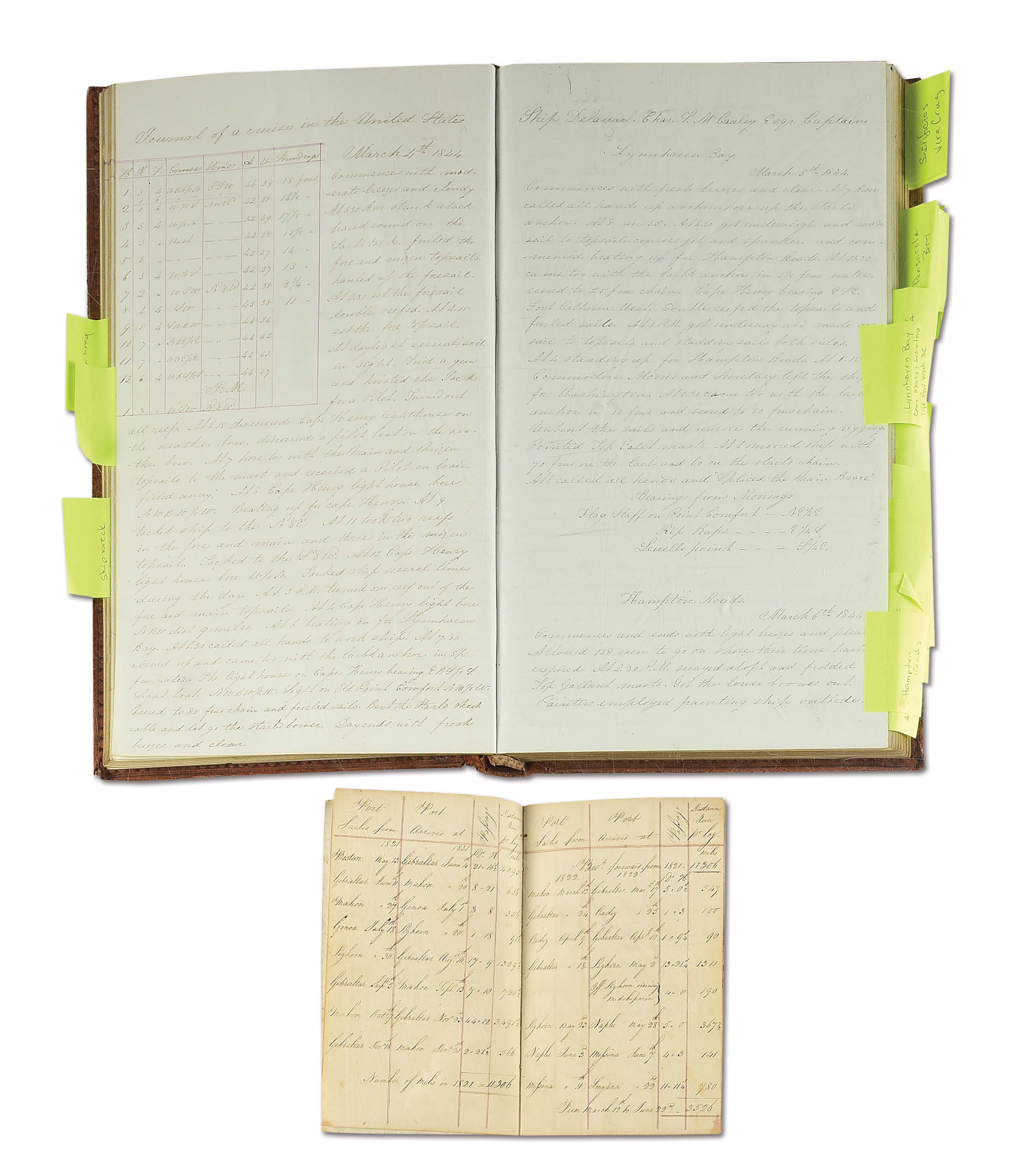
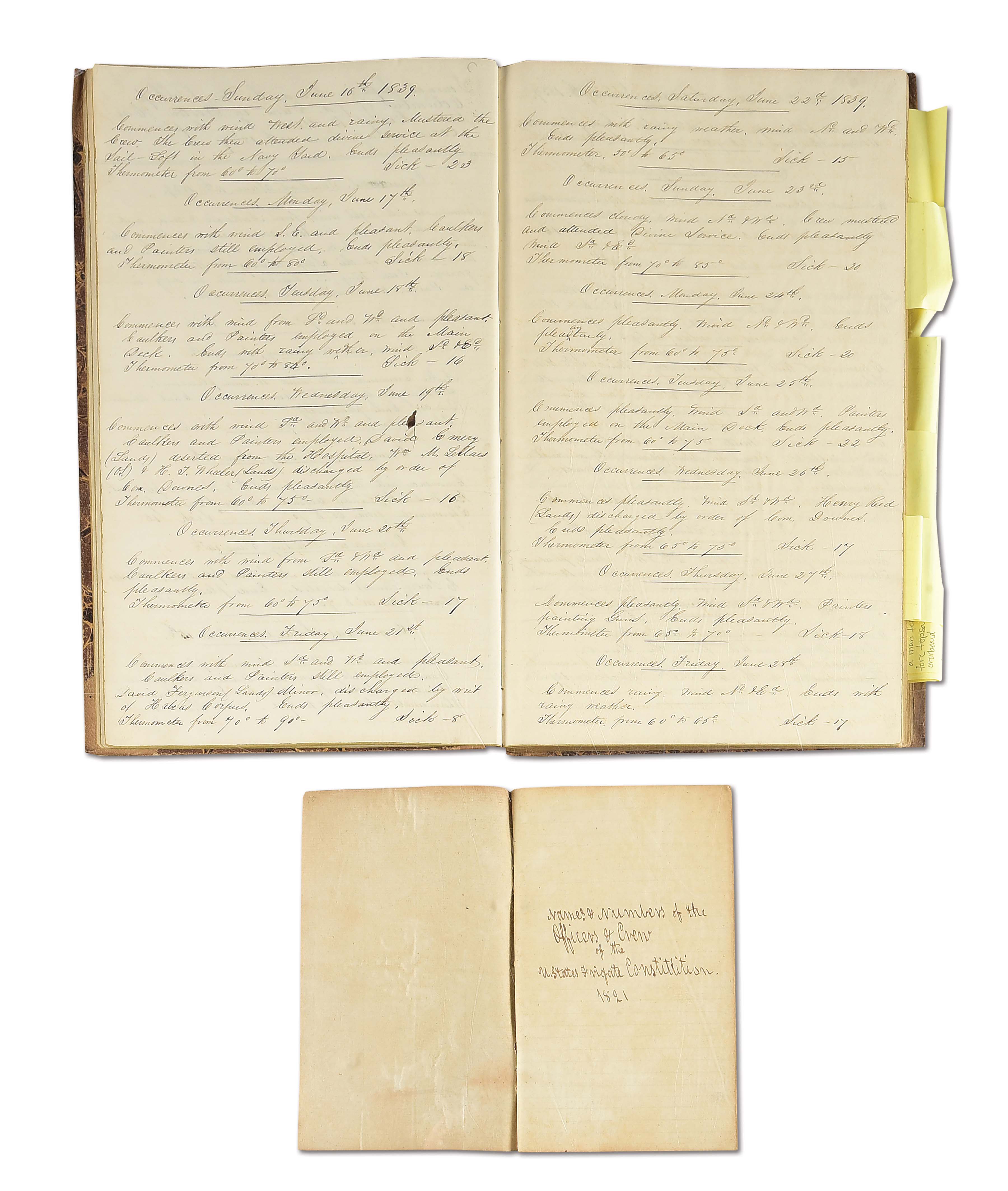

Try LotSearch and its premium features for 7 days - without any costs!
Be notified automatically about new items in upcoming auctions.
Create an alert